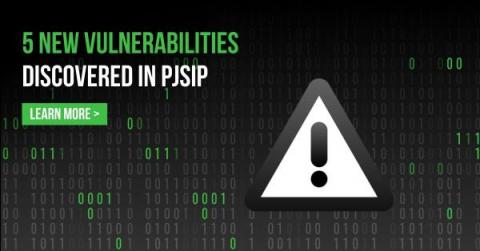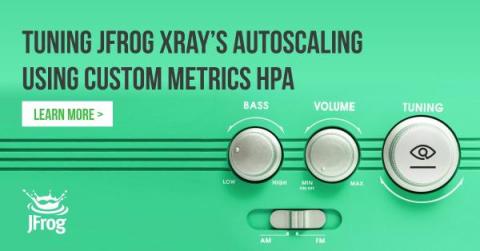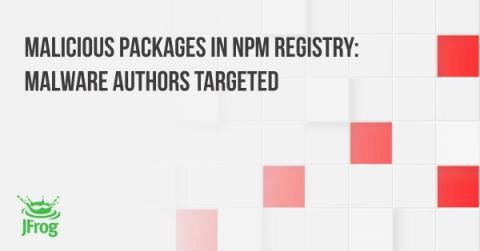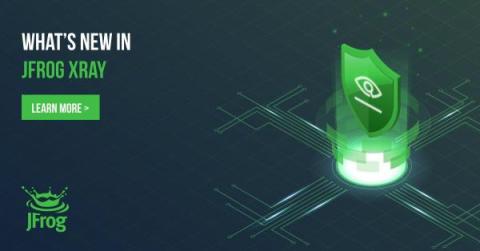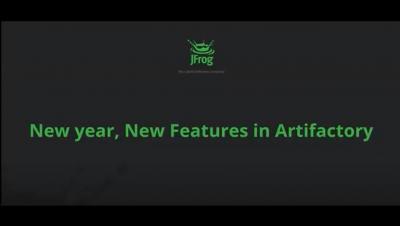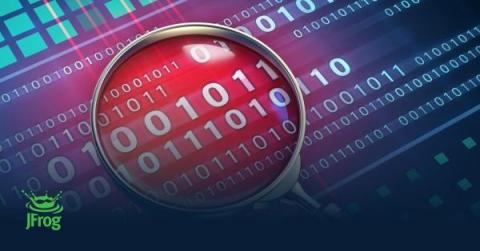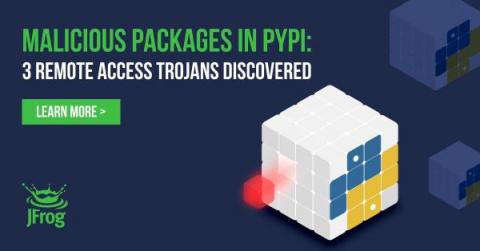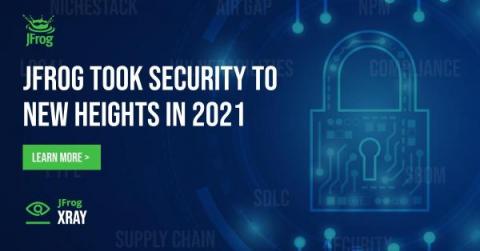JFrog Discloses 5 Memory Corruption Vulnerabilities in PJSIP - A Popular Multimedia Library
JFrog’s Security Research team is constantly looking for new and previously unknown security vulnerabilities in popular open-source projects to help improve their security posture. As part of this effort, we recently discovered 5 security vulnerabilities in PJSIP, a widely used open-source multimedia communication library developed by Teluu. By triggering these newly discovered vulnerabilities, an attacker can cause arbitrary code execution in the application that uses the PJSIP library.


